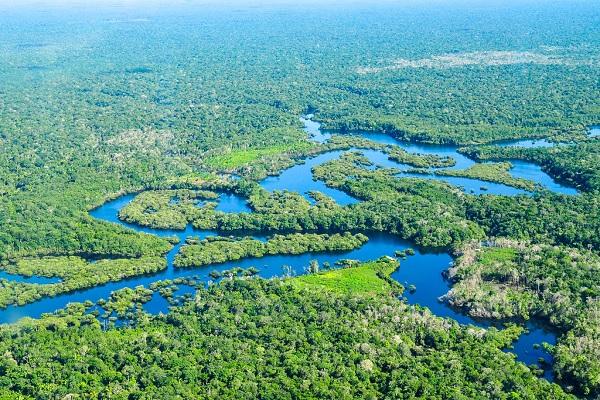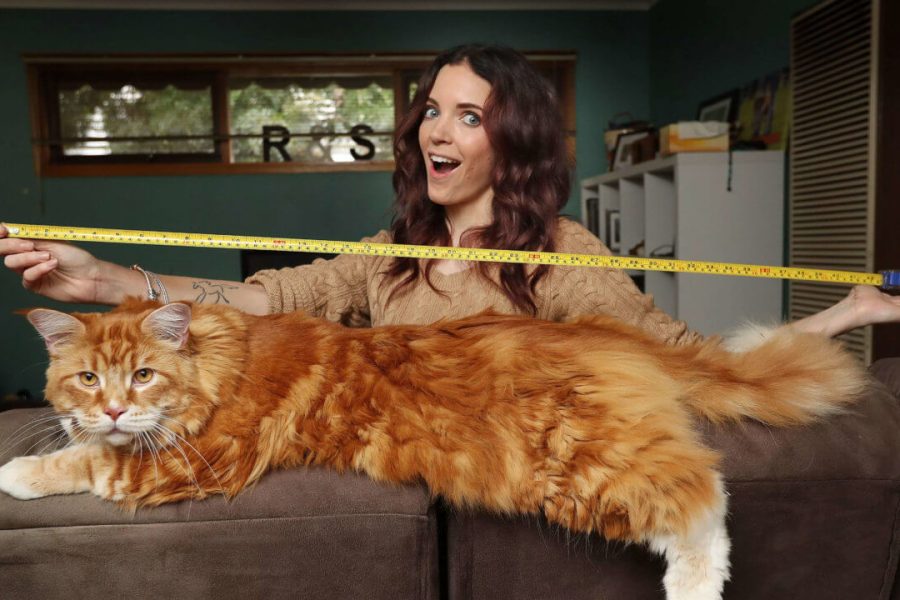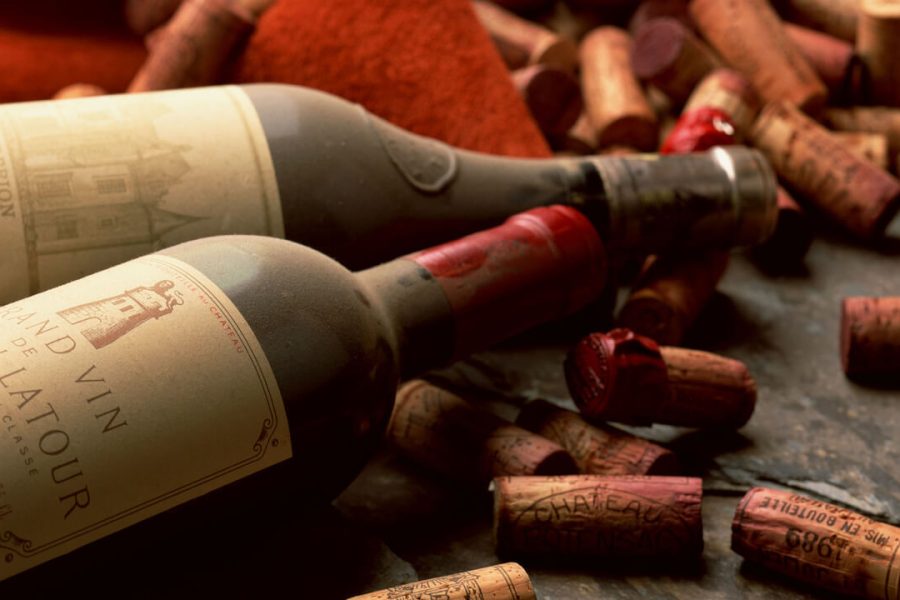Camouflage is a process or mechanism used to hide something by making it blend in with its surroundings. It can be natural, like animals that blend in with their surroundings, or unnatural, like when the military paints cars or puts uniforms on soldiers to help them blend in. And most of the time, it makes sense. Traditional military camouflage blends in with foliage, so you can hide in trees or bushes. Makes sense. But sometimes, camouflage gets surprisingly clever and unexpected.
10. Stealth moths prevent bat echolocation
When the sun goes down in many parts of the world, the night sky comes alive. Bats and moths appear, and moths need to be on guard because bats are generally faster and also hungry for tasty moth meat. However, moths have a unique defense against these flying mammals in the form of very unusual camouflage.
As a human, you may see several moths that have visual camouflage They may look like bark or leaves and disappear from view. But when a bat hunts one, it doesn't mean anything. Bats don't rely on their eyesight to hunt at night, but on echolocation. They actually have good eyesight, but as you can imagine, echolocation works better in the dark.
To combat the danger of bats and their precision hunting skills, some moths have developed echolocation camouflage . This acoustic camouflage in the form of powdery scales that moths have on their wings allows them to absorb sound , preventing the signal from returning to the bat to indicate where the moth is. In simple terms, this makes them invisible to the ear, potentially rendering echolocation ineffective.
9. Military pink is a shade of pink used to camouflage naval ships.
The whole idea of camouflage is that it is a way to blend in. Jungle camouflage is green because jungles are usually green. Desert camouflage is brown and beige for the same reasons. But Mountbatten Pink is an exception to the rule that camouflage must be combined with something natural.
Designed by Captain of the Fleet Louis Mountbatten for British naval ships, Mountbatten Pink is exactly what it sounds like - pink. The idea behind using Mountbatten Pink on warships was that it would hide them on the horizon, concealing them during sunrise and sunset. During World War II, this was the time of year that German U-boats were most likely to make their attacks. attacks .
The big problem with the paint was that it had not been tested for effectiveness and did not work. This was especially noticeable at other times of the day, when pink was not an effective camouflage.
8. Dazzle Camo of Confused Enemies

Like Mountbatten Pink, Dazzle was an attempt by the military to come up with an unusual, even counterintuitive, method of camouflaging ships during wartime. Boats were difficult to hide in the water, no matter what color paint was used. reserve lieutenant The Royal Navy came up with an unusual idea - not to hide them at all.
Dazzle camouflage was proposed not as a way to hide a ship, but to mislead the enemy. Ships would be painted with stripes and shapes at odd and intersecting angles. The effect was not to hide the ship, but to make it difficult to understand. Enemies could see the ship, and the Dazzle paint job was confusing. It became difficult to judge the size and distance of the ship, or even the direction it was moving.
By the end of 1916 one fifth of the ships of the British fleet had already been sunk, so they were prepared to try anything. King George was shown the model and asked to say which way he thought it was heading. The King said, south by west "In reality? East southeast. An enemy gunner who couldn't tell which way the boat was heading wouldn't know where to point his gun.
In the end, the results were pretty inconclusive when it came to practical use. Many ships were sunk, and many were not. Was Dazzle a success? For anyone on a boat that didn't sink, the answer was yes.
7. Disney uses Go Away Green to hide the everyday parts of its theme parks.

Not all camouflage is based on life or death situations. Sometimes it is simply used to hide things you don't want others to notice, and that's exactly how are working Go Away Green and Blending Blue at Disney World and other Walt Disney theme parks.
Because Disney makes money by offering visitors an immersive and very expensive experience. They sell the experience very clearly in the way they decorate and present the parks, and even in the language they use — it is the Magic Kingdom, after all. The problem is that magic has a lot of infrastructure that no one wants to see. So the parks paint everything that no one needs to pay attention to, with his own camouflage a shade known as care green. It is designed to camouflage things as simple as trim and as complex as certain buildings and doors that are not intended for general customers.
6. Bioluminescent sharks use light to camouflage themselves.
Sharks, for better or for worse, and usually for worse, are often associated with films like " Jaws" , and wild media reports of brutal attacks. And yes, some shark species can be dangerous and aggressive. In the world there are more than 500 species of sharks , and some of them cannot rely on powerful jaws and speed to defend themselves.
The ocean is home to bioluminescent sharks that, despite being able to grow to nearly six feet in length, have developed unique camouflage to protect themselves. from predators At least that's what the researchers believe based on their research. Since these shark species have bioluminescent cells concentrated in their lower abdomens, it has been suggested that the glowing effect when viewed from below at the surface of the water and the light seen above them would make the sharks almost invisible .
5. Sloths camouflage themselves with symbiotic algae

The internet loves sloths, those adorable, slow-moving South American creatures that barely do anything. It makes sense that they'd need some kind of protective camouflage, because they're not exactly fighting off anything. Which brings us to algae .
You've probably noticed that older sloths have a green tint to their fur. This is real algae growing on their backs, and it helps them blend in with the foliage of the trees they live in.
Unlike most camouflage patterns, this one is symbiotic The algae gets its water from the sloth's fur and essentially provides a safe place to live as the sloth blends in with it and also absorbs nutrients from the algae through its skin.
4. Plants can use scent masking to fool insects.

Camouflage isn't just for animals. Plants also need to use everything they have to hide from predators whenever possible. This is more important for plants, anyway, since even a sloth can run faster than your average ficus.
Researchers studied numerous plants and insects in the Mexican rainforest and found that the plants are capable of mask your own chemical odors , disguising themselves as other plants that insects are less likely to eat.
In community settings, such as a tropical forest, where plants are surrounded by so many other plants, they can produce odors that basically make them dissolve into the crowd Instead of having unique and distinct scents to attract predators, they all start to smell the same, making it less likely that the insects will be able to pick them out from the crowd.
3. 18th century toilets may have been disguised as books

Much like Disney's method of hiding less-than-magical structures, people throughout history have sometimes had to hide things they didn't want others to see. Not for safety reasons, but more out of a sense of propriety. That's how we ended up with disguised toilets.
Even today, the toilet is a private place, and for good reason. You don't want anyone else using it, right? But in the 18th century, it was too easy for some people to even know that it existed. That's how things like the toilet happen. , disguised as a giant book Some of these appear to be extravagant decorative touches, but it is also suggested that some of them could have been new ways to hide chamber pot on the road. It was then, as now, considered a low-brow joke because toilet humor has always been funny to some people.
2. Dragonflies use movement camouflage

Dragonflies are some of the coolest insects in the world. The largest insect ever was a prehistoric relative of the dragonfly that reached staggering 18 inches long and 30 inches in wingspan. Not only do they have a unique appearance, but they also have very interesting skills. For example, a dragonfly can camouflage itself while moving.
This unique form of camouflage defies what most animals do to remain undetected. While traditional camouflage works best if you stand still to blend into the background, the dragonfly can disguise the fact that it is moving at all. It’s such a complex process that researchers are still not sure exactly how the dragonfly does it. However, what is understood by the process is quite unique.
In fact, when it flies and pursues its prey, the dragonfly is able to constantly make adjustments to its flight, keeping it in the same place on the victim's retina . In the eyes of the creature being hunted, the dragonfly remains completely motionless, hovering in place. The truth is that it is actively flying towards its prey, but its position relative to the stationary object appears as if it remains the same. This allows the dragonfly to get very close to its prey very quickly, without realizing that it has no time left to escape.
1. There are huge hidden oil fields in Los Angeles
When most of us think of oil fields, we probably think of places like the Middle East or even Texas. The fact is, oil is refined in many places, from the Canadian prairies to downtown Los Angeles.
The city of Los Angeles itself is home to almost four million people. Los Angeles County is home to more than 10 million people. It is home to Hollywood, Beverly Hills, and all the glitz and glamour that people associate with one of the world's largest cities. It is also home to 1.4 to 5.6 billion barrels of oil. But the oil is still in the fields. It has been extracted from the ground since about 1903.
If you've never been to Los Angeles, you've probably seen most of the city as it's depicted in movies. What you don't see are oil rigs. If they're extracting literally billions of gallons of oil from the ground, there must be a lot of rigs. There used to be thousands, but even today still active several hundred .
The towers are hidden from view in many places, camouflaged against the background cityscape. They are hidden in shell buildings constructed with the façade of an apartment or office. Sometimes they are hidden behind parking lots or even trees. But usually they are hidden in such a way that most people would never guess if they didn’t know what to look for.














Оставить Комментарий